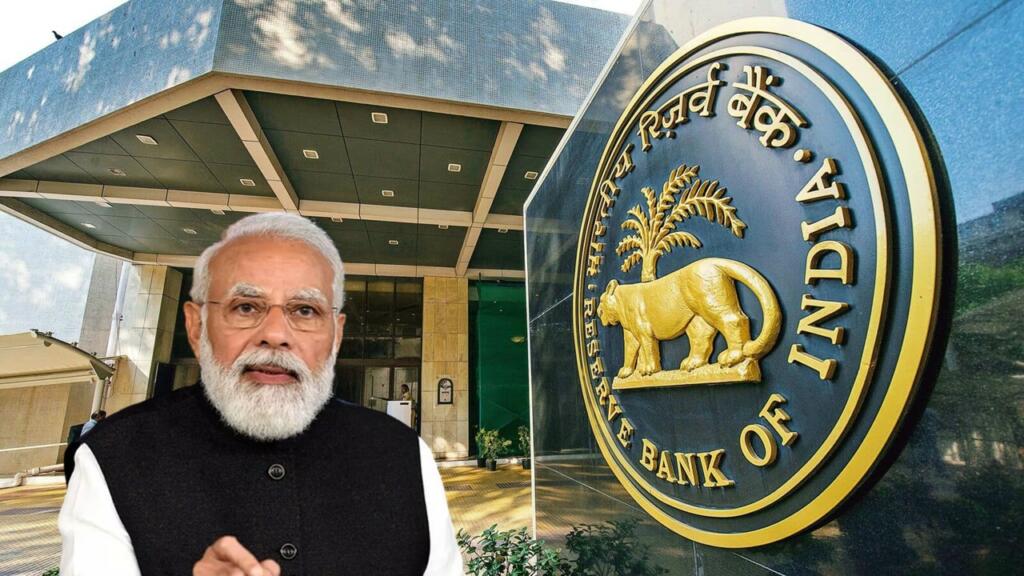Banks form the foundational pillars of the economic expansion of a country. The financial manoeuvring of credit provides room for business expansion, which ultimately helps in the overall growth of the country. But unsustainable loans & defaults create pressure on the balance sheets of Banks and hamper the credit market growth. The credit which was supposed to be the asset of the bank becomes a liability when it ceases to generate income and turns into a Non-Performing Asset (NPA).
During the tenure of Congress, the rampant corruption in the administration and unsustainable economic policy of the government paved the way for very high NPAs of banks. This constrained banks from becoming an active part of economic development. But the constant effort of the Modi government in reforming the bank’s management helped them to bring the rate of NPAs significantly down and provided sufficient room for credit expansion.
NPAs lowest in six years
M Rajeshwar Rao, Deputy Governor, Reserve Bank of India addressing the 12th Annual Bank Conference highlighting the financial health of the banking sector has said that “the NPAs of the banking sector dropped below 6% as of March 2022 – the lowest since 2016 – and net NPAs fell to 1.7% during the same, indicating that the sector has remained largely unscathed from the ill-effects of the Covid-19 pandemic so far.”
Highlighting the challenges ahead he said, “Evolving conditions in the Russia-Ukraine conflict, increase in the prices of crude oil, food grains, and other commodities, along with rising inflation have just compounded these challenges.”
Read More: Rs 37,400 crore: IBC marks the biggest recovery of NPAs this year
How India fought the ill effects of the Covid-19 pandemic
India was able to successfully absorb the shock of Covid-19 and in the post-pandemic time brought the economy back on track. It was possible due to the structured and timely reform brought by the government.
In the very first term of the government, the Prime Minister focusing on financial inclusion launched the Jan-Dhan Yojana and linked the Bank with Mobile and Aadhar. The trinity of JAM (Jan-Dhan-Aadhaar-Mobile) provided banks with ease in financial credit and gave sufficient funds to expand their businesses.
Two years after taking charge of the Prime Minister’s office, PM Modi brought the biggest reform in the lending sector. With the enactment of the Insolvency & Bankruptcy Code 2016, it was possible to restructure the loan and plan a timely recovery with the help of experts and professionals. This professional process of insolvency & bankruptcy gave banks enough confidence to distribute loans with sustainable mortgage property.
Read More: For the first time in 7 years, Gross NPAs have fallen
The other biggest reform which helped the government to fight the successive waves of Covid-19 is the Goods & Service Tax (GST). It provided a seamless and unified collection of indirect taxes throughout the country. The compliance forces the businesses to follow the trade practice through GST & the tax theft became next to impossible. This provided the government with enough budgetary support and eased the pressure on banks for spending.
The possible NPAs management is further attributable to the government’s calibrated decision of loan moratorium extension and flexibility in the restructuring of credit. This provided enough room for businesses to plan their credit and helped them to further timely pay the interest & principal on extended times. The timely policy announcement of the government and the response of banks saved the country from unbreakable NPAs. And, the recovery was so strong that the NPAs fell below 6%.
Support TFI:
Support us to strengthen the ‘Right’ ideology of cultural nationalism by purchasing the best quality garments from TFI-STORE.COM.
